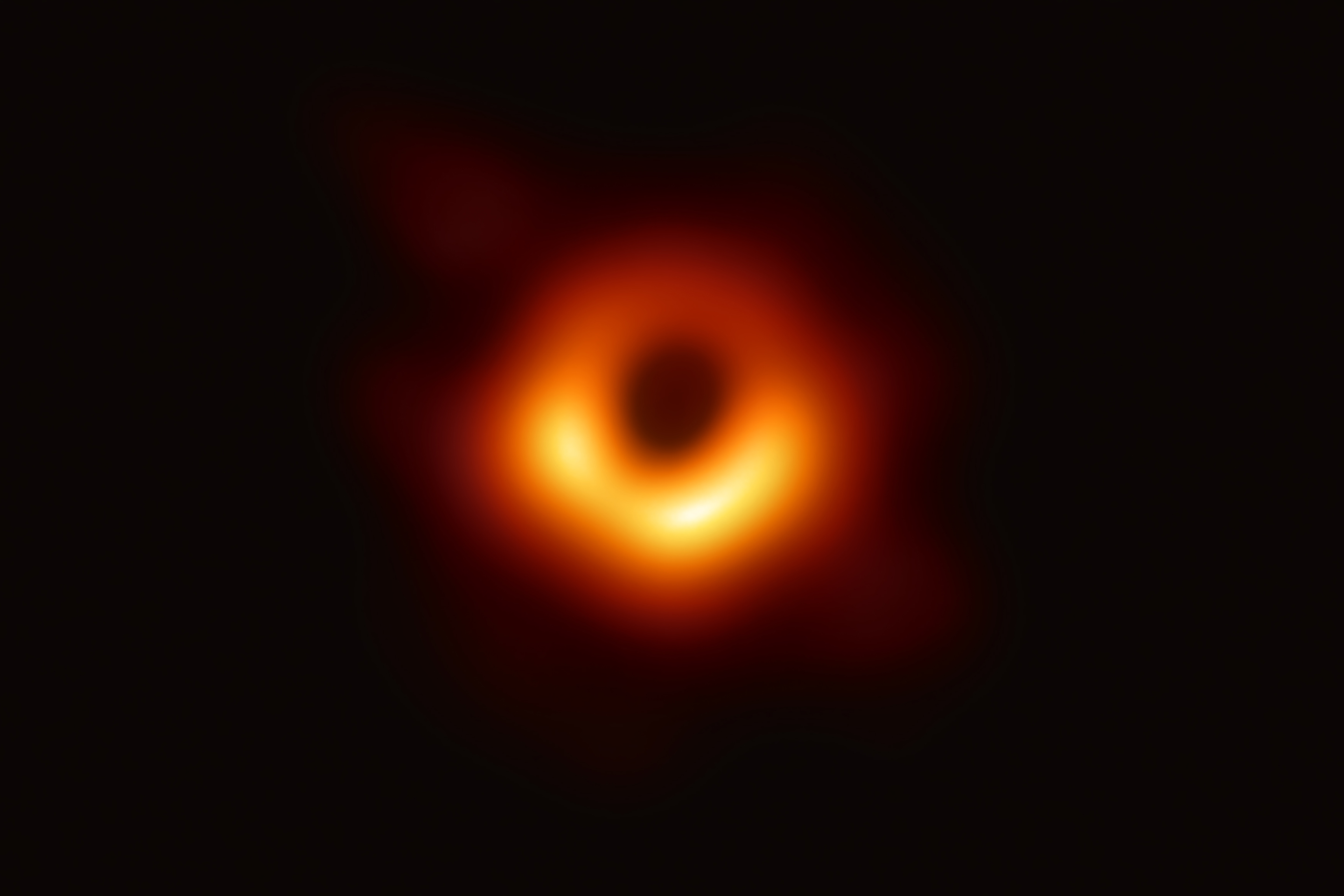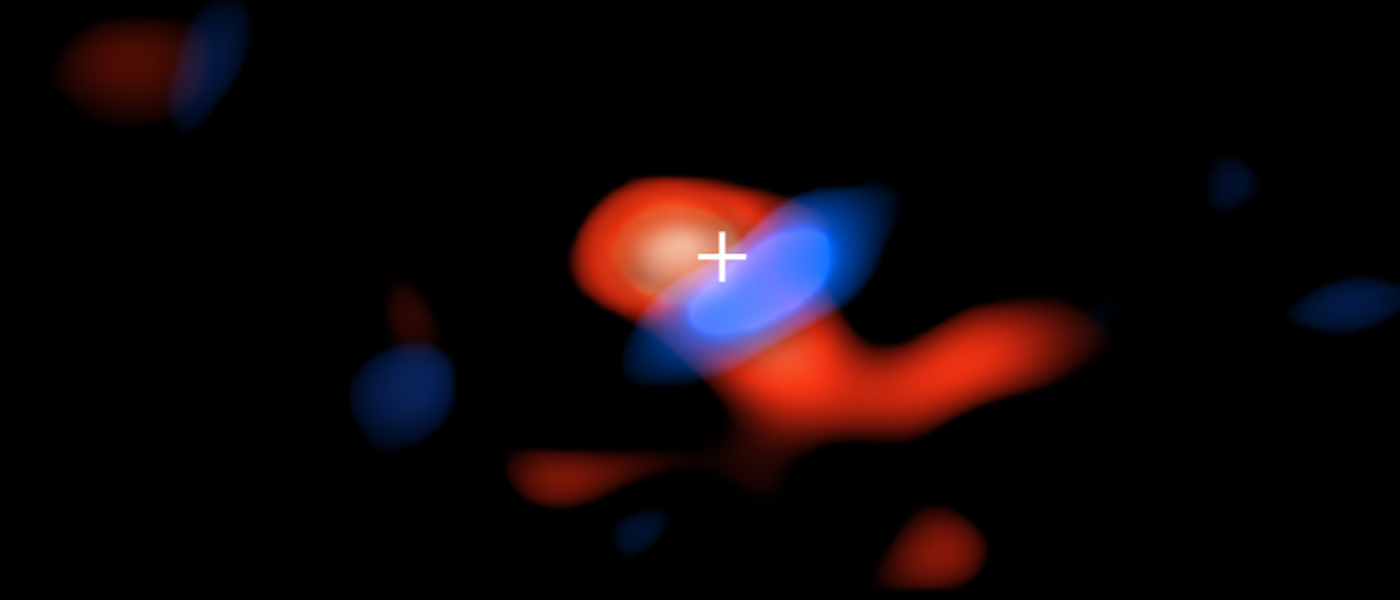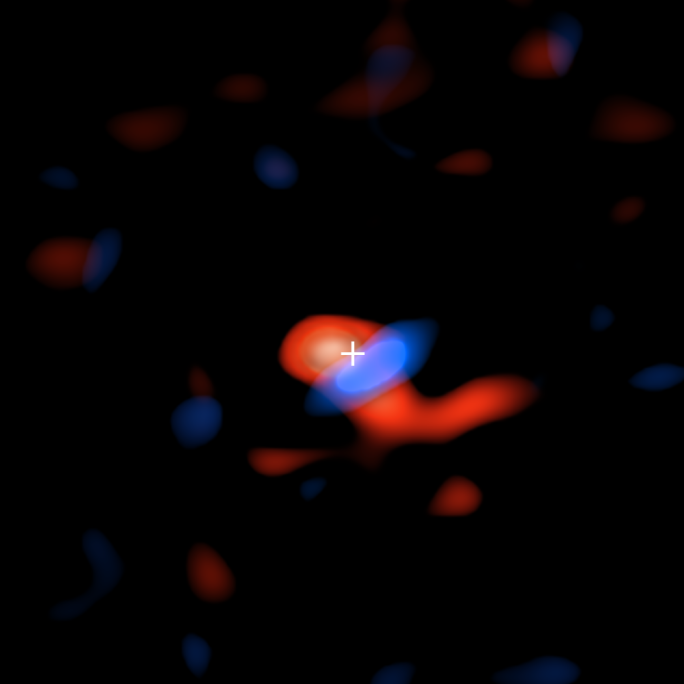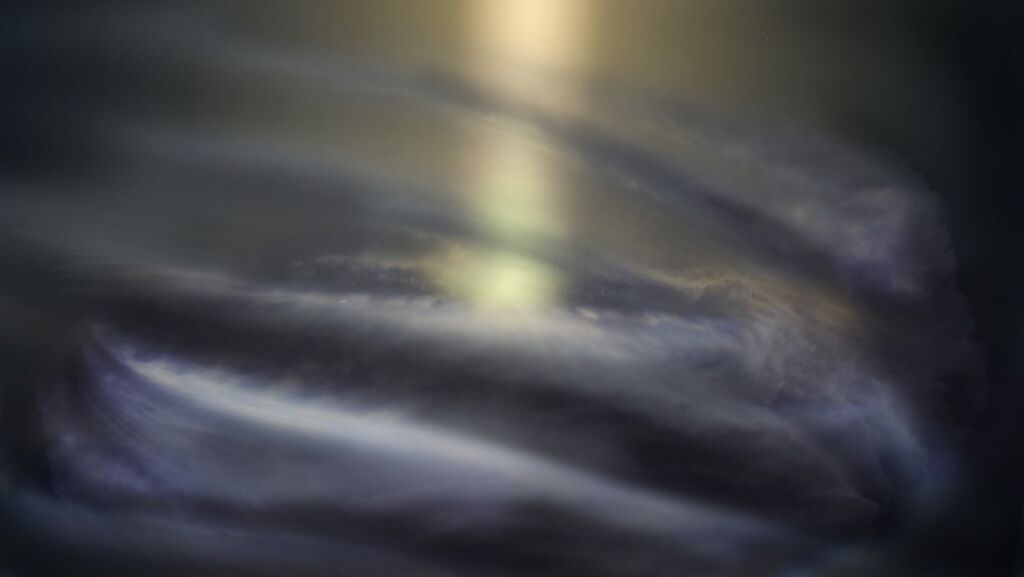Halo surrounding a supermassive black hole captured for the first time

You may recall our post in April about the first-ever picture of a black hole, captured by the Event Horizon Telescope. That black hole was at the center of the M87 galaxy, some 50 million light-years away.

Now, another group of scientists has focused its sights on our own Milky Way. Using the ALMA (Atacama Large Millimeter/submillimeter Array) in Chile, they may have captured the first image of something new: a halo of cool gas surrounding the supermassive black hole at the center of our galaxy.
Normally when scientists think of gas that surrounds a black hole—called an accretion disk—they think of heat. After all, that gas is swirling around close to the speed of light, and friction causes temperatures to rise to 18 million degrees Fahrenheit! But there has been research in the past suggesting there is also some cooler gas, with temperatures estimated to be as low as -280 degrees.
So lead author Elena Murchikova, an astrophysicist at the Institute for Advanced Study in Princeton, NJ, along with her team, studied the black hole in the center of the Milky Way called Sagittarius A* to try and find this cool gas. This was no easy task, though. Murchikova compares looking for the gas to taking a picture of a candle in front of the sun, then removing only the sunlight. Based on these observations, the team estimates there is a disk of cool gas about 20,000 times the diameter of the black hole, and 30 times the mass of Earth.

We don’t know very much about this cool gas, but collecting data and images will certainly help us learn more. The imaging and research of cool gas disks could also help scientists to understand more about how black holes grow and form. Very cool!
Interested in more space stories like this one? Experience LSC's all-live show, "Wonders of the Night Sky," in the Jennifer Chalsty Planetarium, the biggest planetarium in the Western Hemisphere. A portion is always set aside for breaking LSC Space News Now stories.


